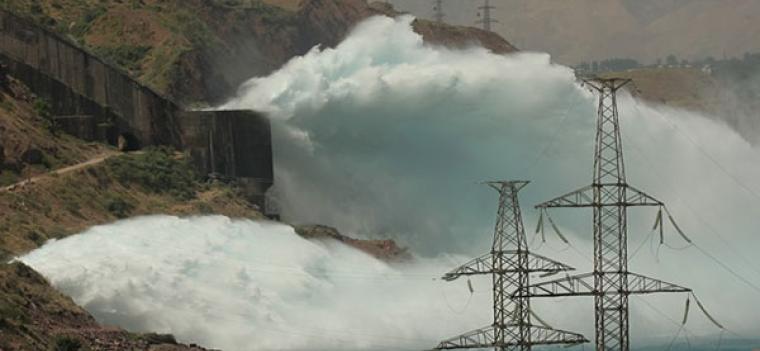News
- Increasing access to energy services is key to Afghanistan’s efforts to boost economic growth and increase energy security.
- A study funded by ESMAP examined how best to invest in the energy sector amidst Afghanistan’s high level of uncertainty, guiding future World Bank investment.
- The World Bank has approved a US$83 million hydropower rehabilitation project, which was informed by key findings of ESMAP’s study.
Afghanistan is currently in the bottom 10% globally for electricity consumption per capita with 30% of its population connected to the grid. While this is a marked improvement from historical rates of access as low as 6%, it still represents one of the lowest rates in the world. Access to modern energy services, and especially to electricity, is a key factor for fostering economic growth, equitable development, and stability. Recognizing that increased access to electricity could improve the lives of millions in Afghanistan, the government has designated energy as a top development priority.
Afghanistan, however, is still in a state of conflict and high levels of instability and uncertainty inhibit investment and make it difficult to implement traditional master plans for development. In an attempt to help mitigate these risks, the World Bank’s Energy Sector Management Assistance Program (ESMAP) funded a study aimed at developing an approach to power sector planning and investment during times of insecurity. Rather than attempt to forecast the future, then identify the best plan to meet that future, ESMAP’s analysis turns the question around and asks “given a set of options that can be practicably implemented, which option is most robust given the known uncertainties?”
A key conclusion of ESMAP’s study, Energy Security Trade-Offs under High Uncertainty: Resolving Afghanistan's Power Sector Development Dilemma, is that in the near term Afghanistan has very few choices of electricity supply to meet its growing demand. Choices include increasing imports, upgrading and rehabilitating existing hydropower, and developing renewable energy in rural areas. Benefiting from currently low prices, Afghanistan has attempted to meet rapid growth in energy consumption by importing power from its neighbors. However, with 55% of demand met via imports, the country is vulnerable to disruption and rate fluctuation. Investing in the rehabilitation of existing hydropower infrastructure, which provides almost 95% of domestically generated electricity, could significantly improve the country’s energy stability.
Building on the findings of the ESMAP study, the World Bank approved the US$83 million Naghlu Hydropower Rehabilitation Project on December 14, 2015. The project aims to improve dam safety and increase the supply of electricity at the Naghlu Hydropower Plant. The project expands on the work of another World Bank investment, the Emergency Power Rehabilitation Project, which financed rehabilitation of the hydropower plant and transmission and distribution networks in the Kabul area.
ESMAP’s study is helping to inform the World Bank’s continued investment in Afghanistan. The Naghlu Hydropower Rehabilitation Project will build on the significant progress the World Bank and the Government of Afghanistan have made in addressing the physical and institutional challenges of the power sector.
